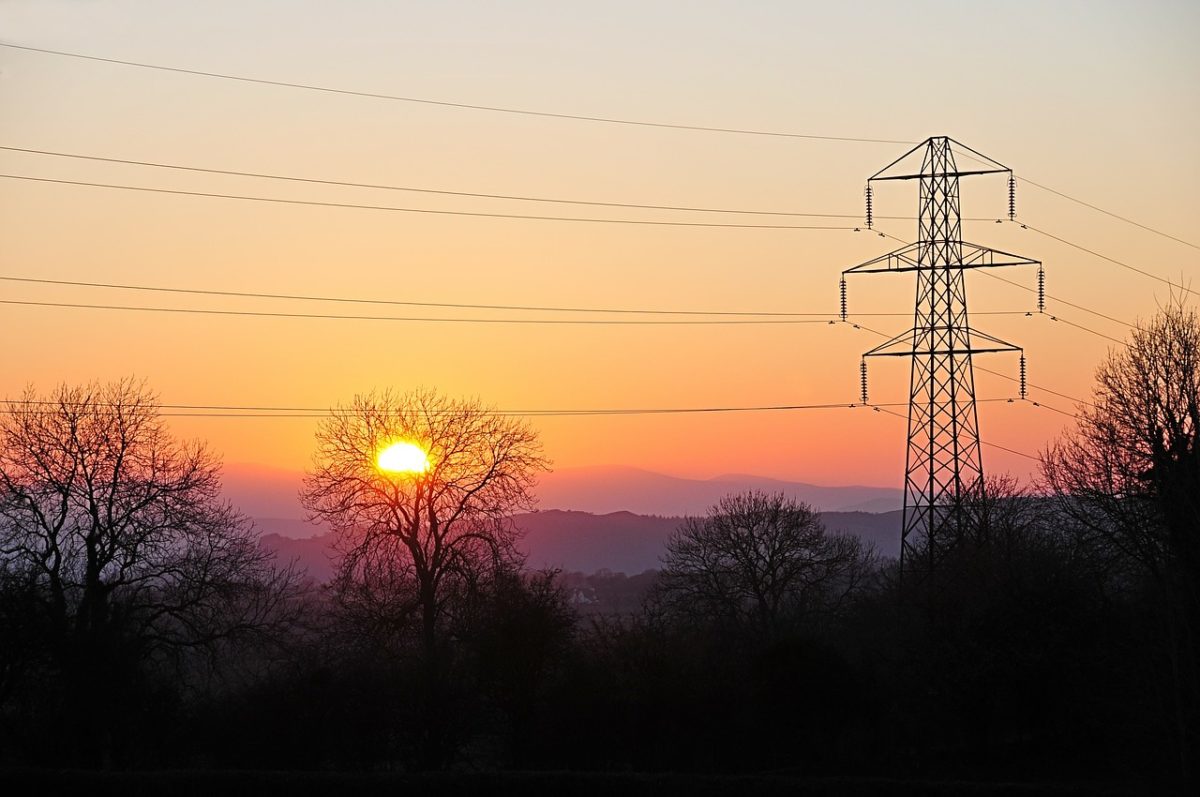From pv magazine USA
Solar and wind are the most affordable sources of electricity, period, according to the most recent Levelized Cost of Energy comparison, released by Lazard.
The report is comprised of comparative levelized cost of energy (LCOE) analysis for various generation technologies on a $/MWh basis, including sensitivities for U.S. federal tax subsidies, fuel prices, carbon pricing and costs of capital. The cost isn’t represented by one concrete price, but rather a range of estimated prices given the circumstance applied.

In a base comparison, without taking into account subsidies, fuel prices or carbon pricing, utility-scale solar, both thin-film and crystalline silicon, as well as wind have the lowest LCOE of all sources considered. Utility-scale crystalline silicon PV comes in anywhere from $42 to $31/MWh, while utility-scale thin-film PV ranges from $38 to $29 and utility-scale wind registers the lowest possible LCOE over the largest range, from $54 to $26/MWh.
For comparison, under these same criteria, gas peaking comes in at $198 to $151/MWh, nuclear is $198 to $129/MWh, coal is $159 to $65/MWh and gas combined cycle is $73 to $ 44/MWh.
Outside of utility-scale, residential, commercial and industrial (C&I) and community solar all register much higher ranges, yet it’s misleading to look at these base figures. This is due partly to the fact that these types of facilities aren’t being built at the same scale as utility-scale solar or fossil generations assets, meaning that construction and customer acquisition costs are going to be much higher per MWh. Additionally, these projects are more reliant on the ITC to be built in the first place so their generation cost without this factored-in is not that meaningful.

When factoring in federal tax subsidies, rooftop PV comes in at $205 to $135/MWh, rooftop C&I follows at $161 to $66/MWh and community registers at $90 to $60, which is actually not that much lower than the subsidy free LCOE of $94 to $63.
Cost of operation
The really telling figures come from the comparisons between the cost of construction of new renewable energy facilities vs. operating existing fossil and nuclear resources. The only type of new renewable generation asset to have a higher per-MWh LCOE than operating existing coal is unsubsidized onshore wind, which isn’t even telling the whole story. The range of LCOE for unsubsidized onshore wind is higher at its peak than the maximum LCOE for operating existing coal, but the lowest end of the ranges favor wind, which comes in at a lowest-possible LCOE of $26/MWh, as compared to $34/MWh for coal.

As for solar, new, unsubsidized utility-scale projects come in at a LCOE range of $38 to $29/MWh, beating out coal, though coming in slighlty higher than the LCOE of operating nuclear or combined cycle gas plants, which range from $32 to 25/MWh and $32 to $23/MWh, respectively. Once subsidies are factored in, utility-scale solar becomes much more competitive, at $32 to $24/MWh.
This content is protected by copyright and may not be reused. If you want to cooperate with us and would like to reuse some of our content, please contact: editors@pv-magazine.com.




Lazards still use a WACC of 9.6% for their base comparison, the one everybody cites.. This may have made sense when they started 14 years ago, when renewables were an exciting high-risk play on a small scale. But it’s now wildly out of line with the financial reality of huge and highly regarded corporations like Berkshire Hathaway, Facebook and Oersted. Lazards do provide a sensitivity chart that shows more realistic numbers for cost of capital. But they only go down to 5.4%. For reference, Microsoft’s long-term bond (due 2046) carries a current yield just under 3%. With 2% inflation, that’s 1% in real terms. For German government bonds, the real yield is negative. The correction applies to the capital cost of gas turbines and nuclear plants, but heir fuel costs mean that current reality is even more favourable to renewables than the headline chart.
Cheaper to build but you get a quarter of the energy needed.
Yet a coal, gas, or nuclear plant has to come online when the sun goes down.
You forgot to add that to your calculations.
Pity we dont have some way to store extra electricity for use at a later time.
Then we would be able to have light and power at night as well.
Maybe we can develop a tech that will allow use to store power in little containers that we could carry around with us as well.
I thick the point Matt is making is valid. There is no indication that the LCOS for renewables was factored in nor the costs associated with gear required to connect renewables to the grid (DC/AC and the costs of curtailments).